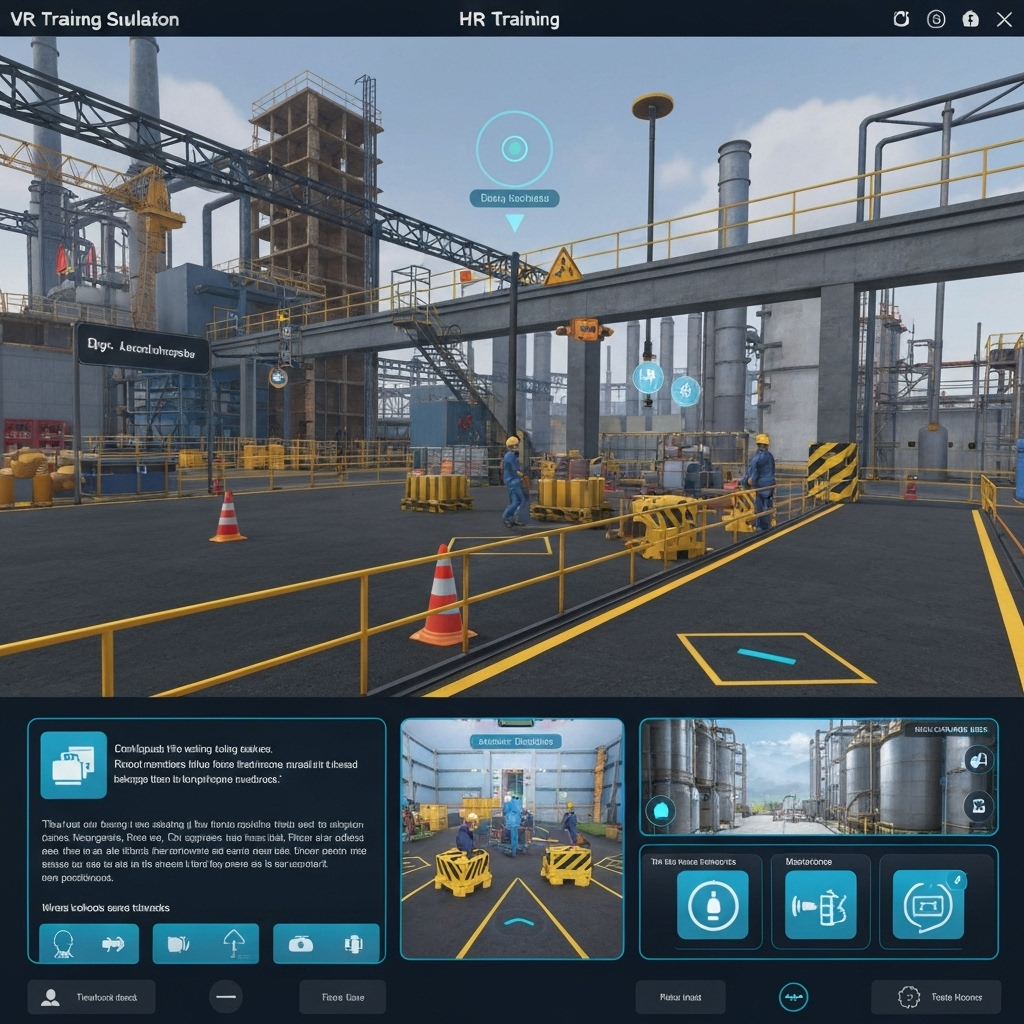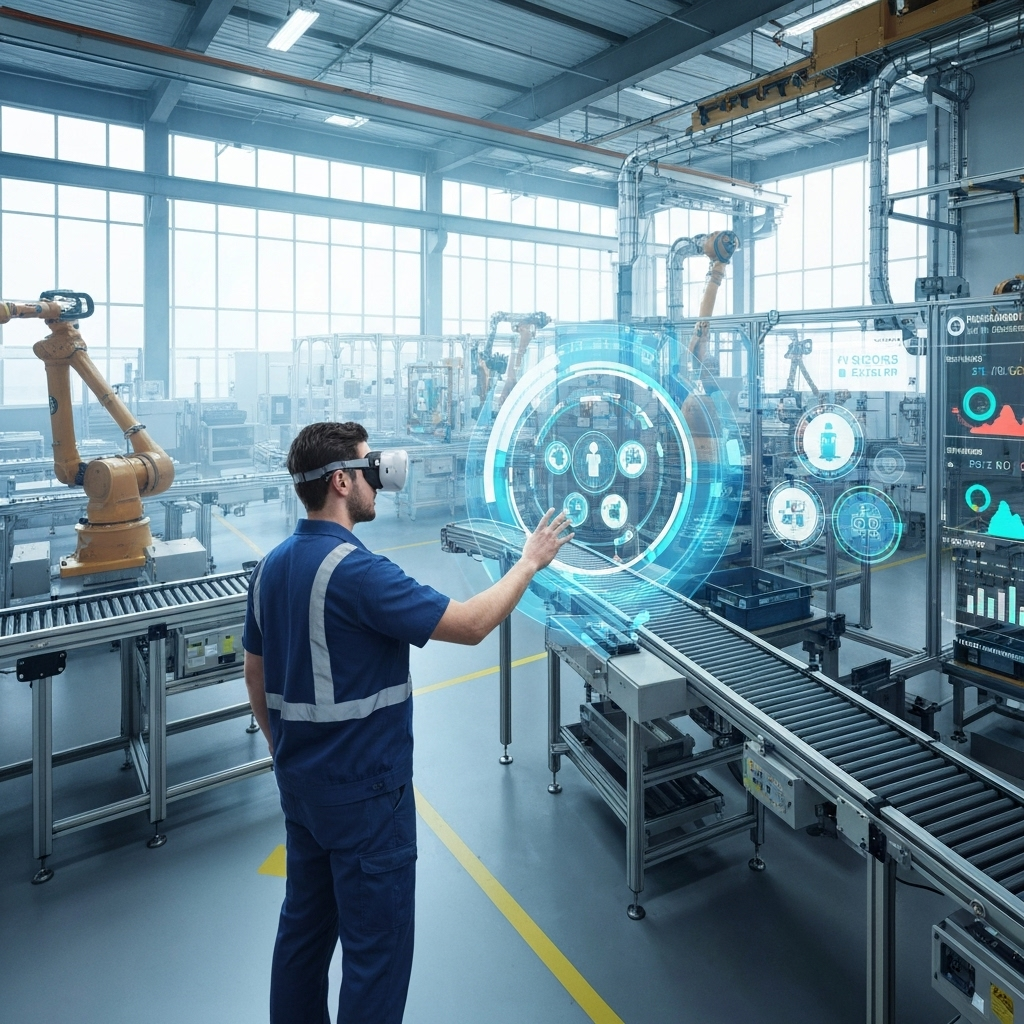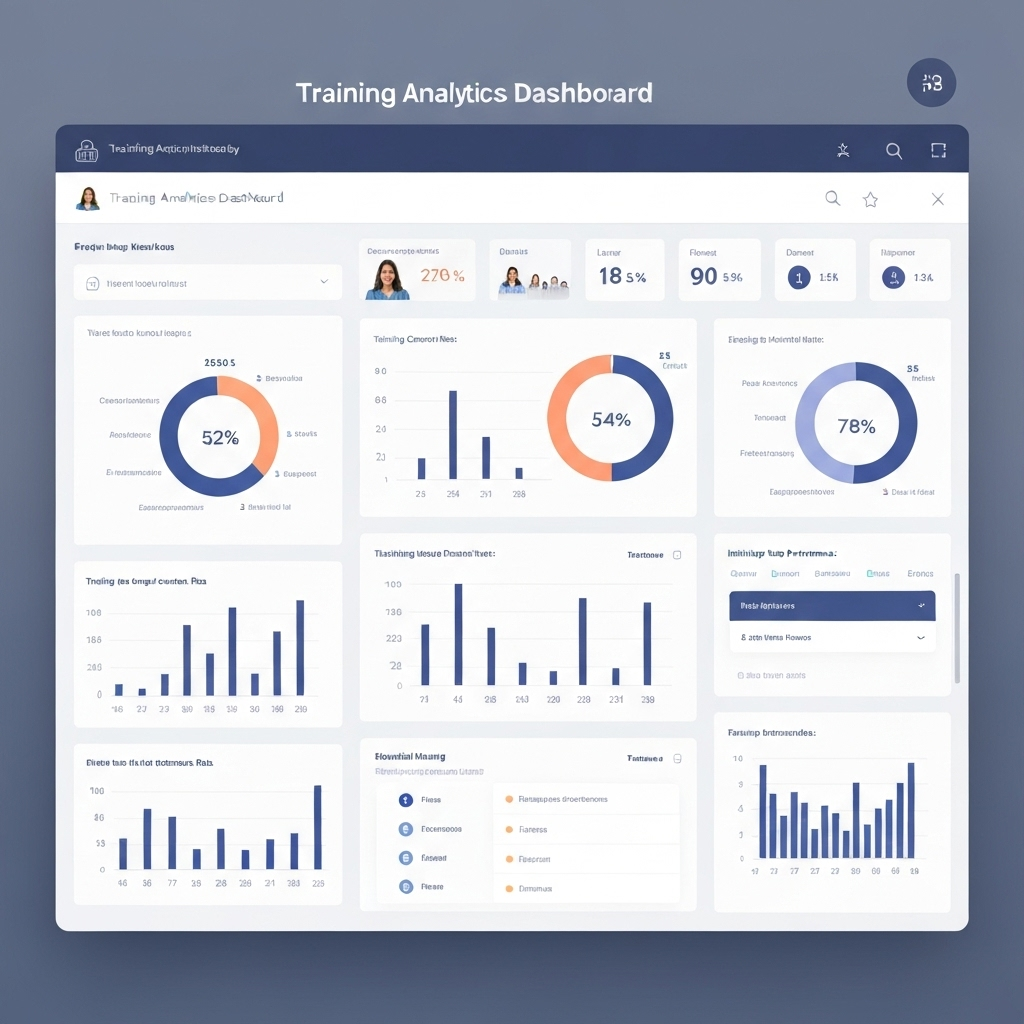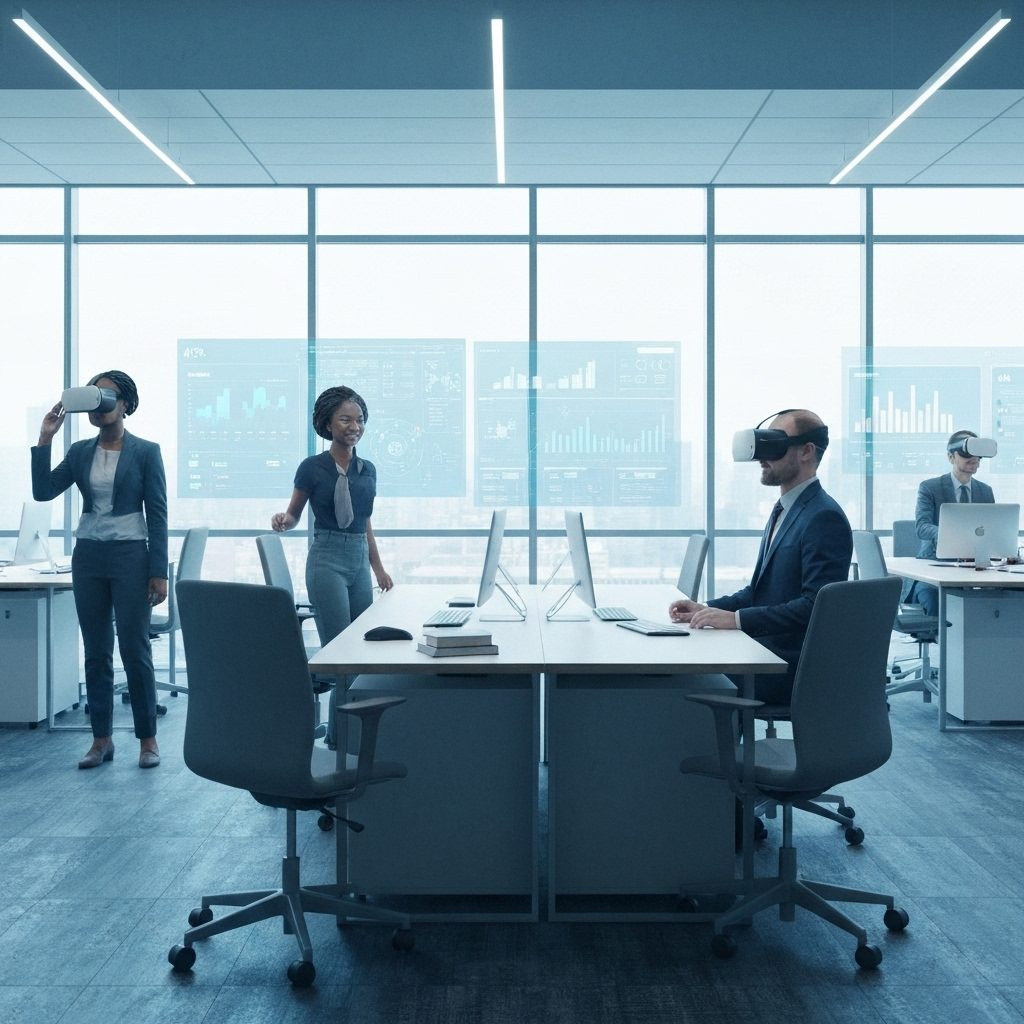VR/AR Safety Training: Measuring Effectiveness in High-Risk Industries
How immersive safety training transforms workplace safety outcomes. Real-world data on accident reduction, compliance improvement, and training effectiveness.

Traditional safety training relies on videos, presentations, and theoretical scenarios that fail to prepare workers for real-world dangers. VR/AR safety training creates immersive experiences where workers can practice emergency procedures, identify hazards, and develop muscle memory without physical risk. Our deployments across manufacturing, construction, and energy sectors show measurable improvements in safety outcomes.
Immersive Learning Advantages
VR safety training engages multiple senses and creates emotional responses that improve retention. Workers experience realistic emergency scenarios, practice proper procedures under stress, and learn from mistakes without consequences. This experiential learning creates stronger neural pathways than traditional training methods.

Measurable Safety Improvements
Our clients report 60-85% reduction in workplace incidents after implementing VR safety training. Workers demonstrate better hazard recognition, faster emergency response times, and improved compliance with safety protocols. The training effectiveness is measurable through both simulation performance and real-world safety metrics.

Implementation Strategies
Successful VR safety training programs start with high-risk scenarios where mistakes are costly. Focus on procedures that are difficult to practice safely in real environments: confined space entry, chemical spill response, or equipment lockout procedures. Combine VR training with traditional methods for comprehensive safety education.

ROI and Compliance Benefits
VR safety training typically pays for itself within 12-18 months through reduced insurance costs, fewer workplace incidents, and improved regulatory compliance. The ability to provide consistent, standardized training across multiple locations while tracking individual performance creates additional value for safety managers.

VR/AR safety training represents a paradigm shift from passive learning to active experience. The technology creates safer workplaces by preparing workers for real-world dangers in risk-free environments, with measurable improvements in safety outcomes and regulatory compliance.


